A new film, I AM HUMAN, explores the state of neurotechnology today: Its challenge, promise, and the issues it raises.
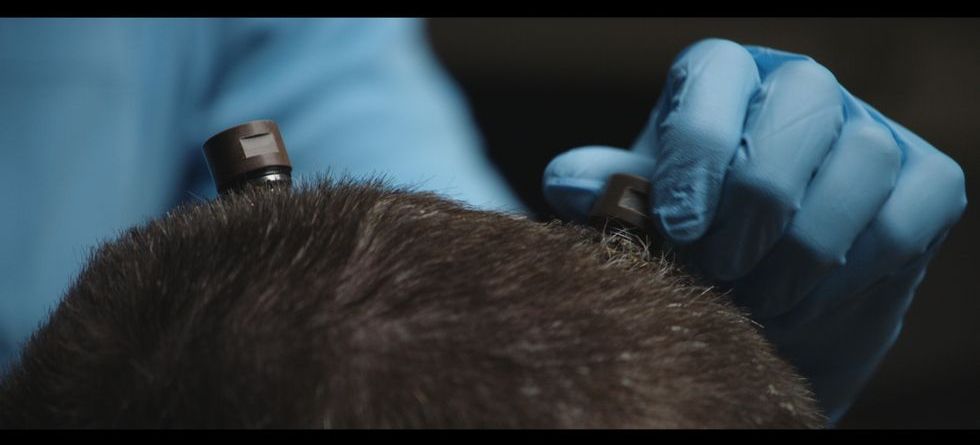

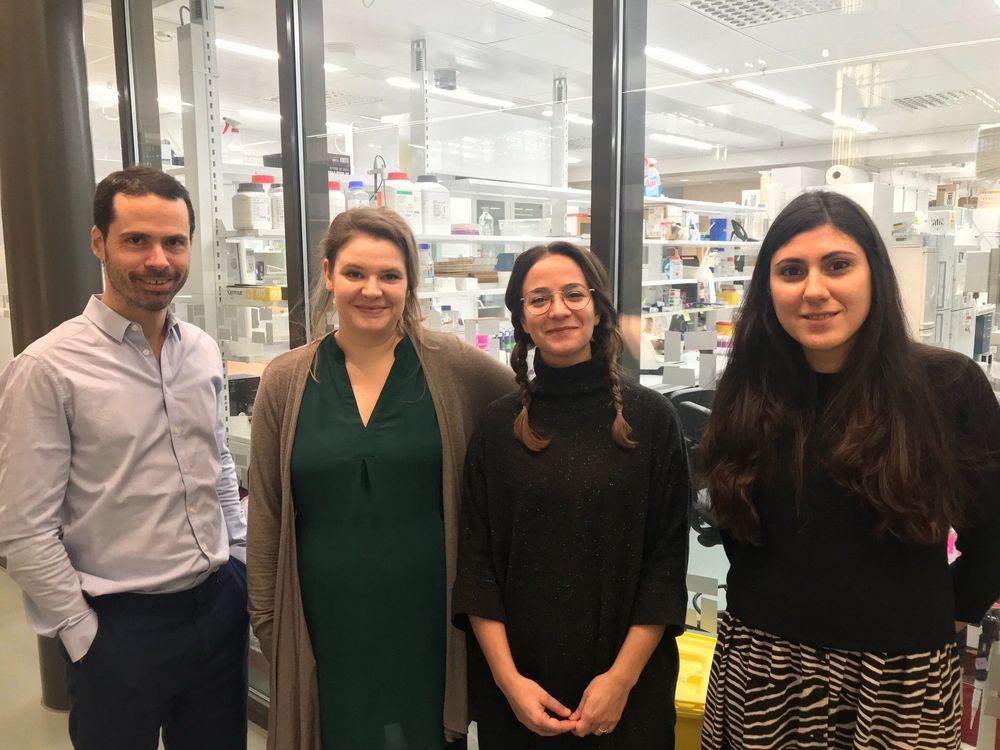
Researchers at Karolinska Institutet have come one step closer toward understanding how the part of our brain that is central for decision-making and the development of addiction is organized on a molecular level. In mouse models and with methods used for mapping cell types and brain tissue, the researchers were able to visualize the organization of different opioid-islands in striatum. Their spatiomolecular map, published in the journal Cell Reports, may further our understanding of the brain’s reward-system.
Striatum is the inner part of the brain that among other things regulates rewards, motivation, impulses and motor function. It is considered central to decision-making and the development of various addictions.
In this study, the researchers created a molecular 3D-map of the nerve cells targeted by opioids, such as morphine and heroin, and showed how they are organized in striatum. It is an important step toward understanding how the brain’s network governing motivation and drug addiction is organized. In the study, the researchers described a spatiomolecular code that can be used to divide striatum into different subregions.
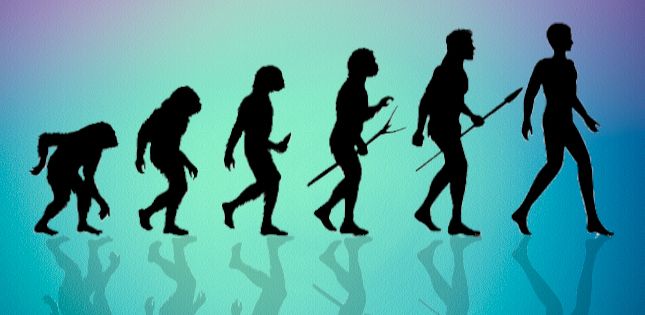
Neurochemicals such as serotonin and dopamine play crucial roles in cognitive and emotional functions of our brain. Vesicular monoamine transporter 1 (VMAT1) is one of the genes responsible for transporting neurotransmitters and regulating neuronal signaling. A research team led by Tohoku University has reconstructed ancestral VMAT1 proteins, revealing the functional changes in neurotransmitter uptake of VMAT1 throughout the course of human evolution.
Human bodies are made up of millions of cells. Each individual contains a specific set of instruction of codes that make up all of a living thing’s genetic material. These instructions are known as genomes. PhD candidate Daiki Sato and Professor Masakado Kawata of the Graduate School of Life Sciences at Tohoku University, and two of the authors involved in the current study, previously discovered VMAT1 to be one of the genes that had evolved throughout human lineage.
VMAT 1 contains two human-specific mutations, or where the genomes changed, with the change being represented as 130Glu to 130Gly and from 136Asn to 136Thr. Previous studies have shown that having the new 130Gly/136Thr variant decreases the uptake of neurotransmitters and is associated with higher depression and/or anxiety. In this study, Sato, Kawata and their colleagues revealed the evolutionary changes in neurotransmitter uptake of VMAT1 by reconstructing ancestral VMAT1 proteins. First they applied a fluorescent substrate to visualize and quantify the neurotransmitter uptake of each genotype. The ancestral (130Glu/136Asn) VMAT1 protein exhibited an increased uptake of neurotransmitters compared to a derived (130Gly/136Thr) genotype. Given that the derived (130Gly/136Thr) genotype is shown to be associated with depression and/or anxiety in modern human populations. “This results of our study reveal that our ancestors may have been able to withstand higher levels of anxiety or depression,” noted the authors.
In this study, Sato, Kawata and their colleagues revealed the evolutionary changes in neurotransmitter uptake of VMAT1 by reconstructing ancestral VMAT1 proteins. First they applied a fluorescent substrate to visualize and quantify the neurotransmitter uptake of each genotype. The ancestral (130Glu/136Asn) VMAT1 protein exhibited an increased uptake of neurotransmitters compared to a derived (130Gly/136Thr) genotype. Given that the derived (130Gly/136Thr) genotype is shown to be associated with depression and/or anxiety in modern human populations. “This results of our study reveal that our ancestors may have been able to withstand higher levels of anxiety or depression,” noted the authors.
The researcher’s next step is to identify the neurological and behavioral consequences of the mutations in mice to clarify how the variants contributed to our brain evolution. “This would be the striking evidence that links evolution of our genome and brain,” said the authors. The researchers hope that this finding provides insights into our diverse psychological traits including psychiatric disorders.
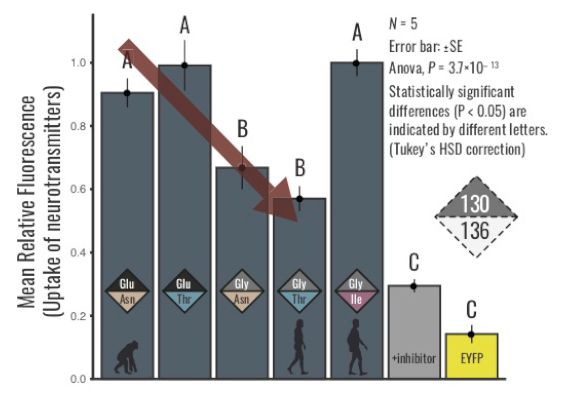
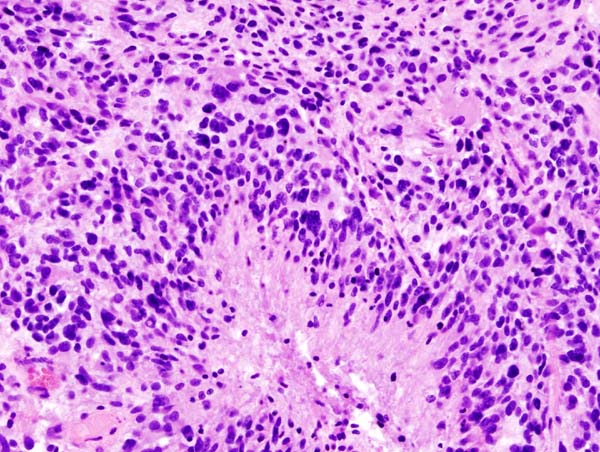
Researchers at The University of Texas MD Anderson Cancer Center have identified a tenacious subset of immune macrophages that thwart treatment of glioblastoma with anti-PD-1 checkpoint blockade, elevating a new potential target for treating the almost uniformly lethal brain tumor.
Their findings, reported in Nature Medicine, identify macrophages that express high levels of CD73, a surface enzyme that’s a vital piece of an immunosuppressive molecular pathway. The strong presence of the CD73 macrophages was unique to glioblastoma among five tumor types analyzed by the researchers.
“By studying the immune microenvironments across tumor types, we’ve identified a rational combination therapy for glioblastoma,” says first author Sangeeta Goswami, M.D., Ph.D., assistant professor of Genitourinary Medical Oncology.

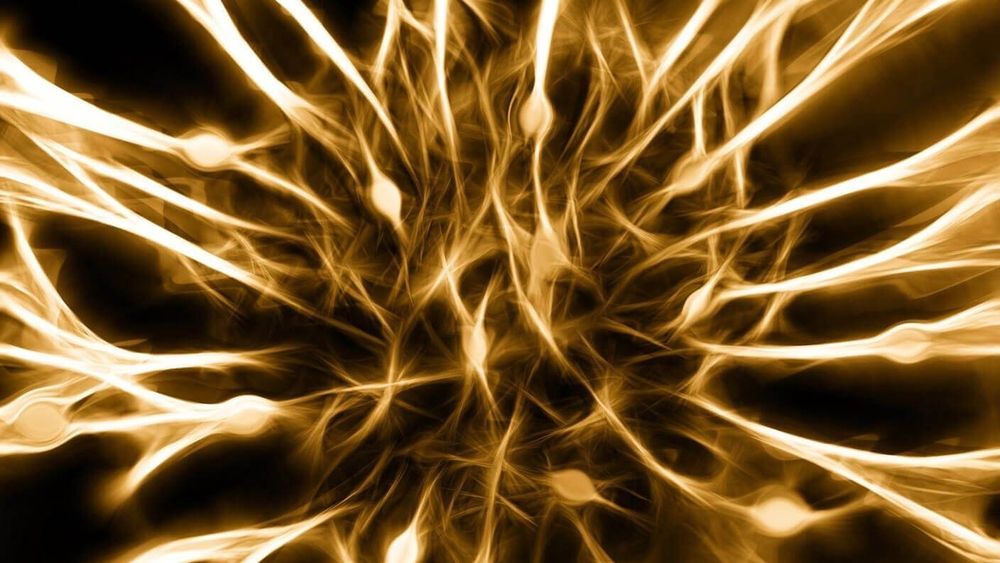
2019 was nuts for neuroscience. I said this last year too, but that’s the nature of accelerating technologies: the advances just keep coming.
There’re the theoretical showdowns: a mano a mano battle of where consciousness arises in the brain, wildly creative theories of why our brains are so powerful, and the first complete brain wiring diagram of any species. This year also saw the birth of “hybrid” brain atlases that seek to interrogate brain function from multiple levels—genetic, molecular, and wiring, synthesizing individual maps into multiple comprehensive layers.
Brain organoids also had a wild year. These lab-grown nuggets of brain tissue, not much larger than a lentil, sparked with activity similar to preterm babies, made isolated muscles twitch, and can now be cloned into armies of near-identical “siblings” for experimentation—prompting a new round of debate on whether they’ll ever gain consciousness.
Hey, this guy is amazing. He’s the Kurzweil/Diamandis of psychiatry.
Click here (http://bit.ly/1zYbN7v) to receive a FREE video series designed to introduce you to my new revolutionary movement called the Brain Warriors Way.
Join Daniel’s 140k+ FB fans: http://bit.ly/DAmenFB
Tweet Daniel: http://bit.ly/DAmenTW
Follow Daniel on Instagram: http://bit.ly/DAmenInsta
Connect with Daniel on LinkedIn: http://bit.ly/DAmenLI
Visit my Website: http://bit.ly/DDAMD
— Summary –

We believe that reality is exactly what we perceive but really, this is just an illusion of our own brain. This happens because our brain takes shortcuts to interpret information and adapt to our surroundings: heuristics on which the brain relies to understand the reality perceived, but… can we always trust our brain when it utilizes these resources?
This week, I had the pleasure of speaking with Dr. Keith Frankish, a European philosopher and writer. I was first introduced to Dr. Frankish’s theory by David Chalmers’ keynote speech at The Science of Consciousness. The theory is Illusionism. Do we have consciousness or does it SEEM as if we have consciousness? Dr. Frankish is an Honorary Reader at the University of Sheffield, a Visiting Research Fellow with The Open University, and an Adjunct Professor with the Brain and Mind Programme at the University of Crete. His focus is primarily in philosophy of mind, but he has interests in many areas of philosophy. Please enjoy this conversation on Illusionism with Dr. Keith Frankish. http://theconsciousnesspodcast.com/

It’s true that dogs demand a lot from their owners—but they also offer a lot in return.

Are you on the fence about getting a dog? Worried that he’ll pee on the carpet or chew the furniture? Well, he might—at least at first. But he’ll also add so much joy and love to your life. And the benefits of having a dog don’t stop at him being adorable and snuggly; according to a growing body of science, dogs can be good for your physical and mental health, too. Here’s what the research has to say: